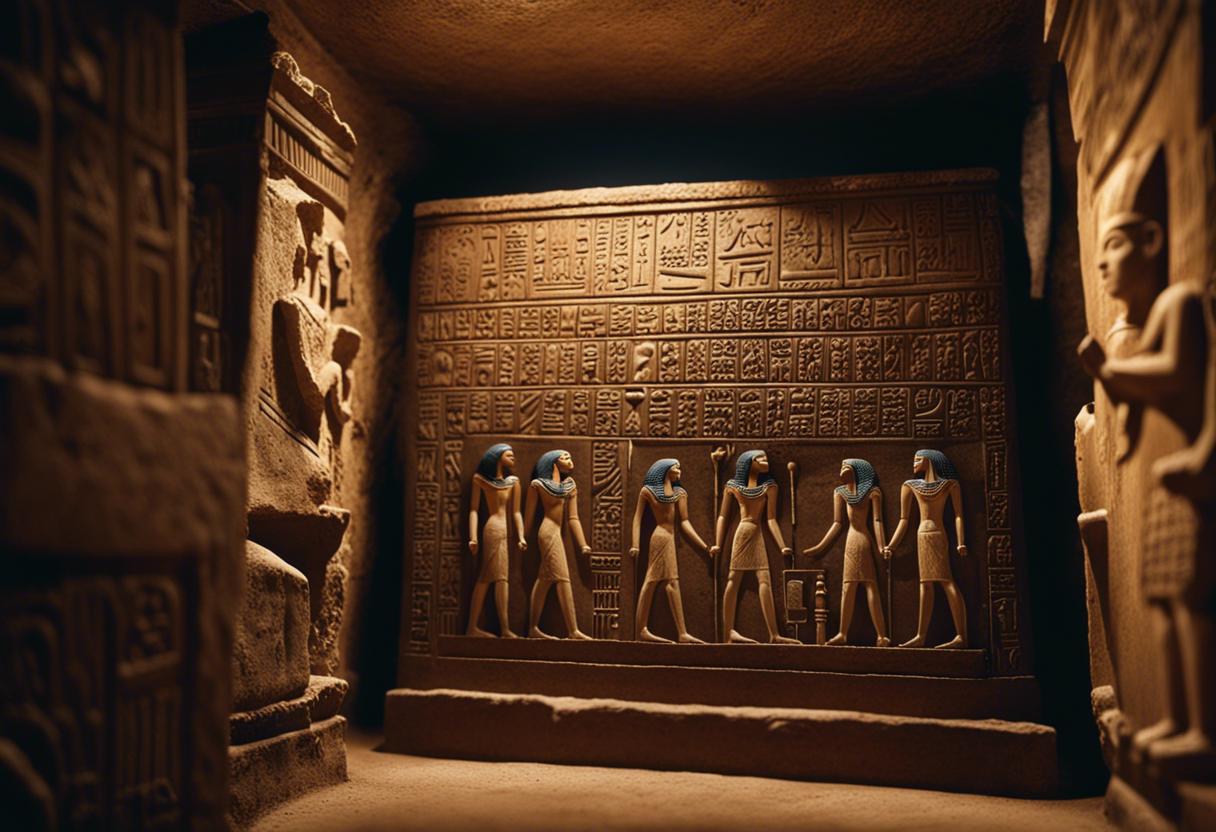An incredible find from the historic lands of Egypt, a mummy referred to as the “Screaming Woman” was unearthed in the archaeological site of Deir el-Bahari near Luxor in 1935. The mummy, which gave the impression of a woman seemingly screaming in pain, has since then been a topic of intrigue.
The mystery has now been unveiled after thorough investigations and a “virtual dissection” conducted using CT scans. The woman may have had a painful death as demonstrated by the rare muscular tightening known as a cadaveric spasm, an occurrence at the time of death.
The examinations revealed more details about the woman’s life and her passing. She was approximately 48 years old at the time of her death, showed signs of mild spinal arthritis, and had lost some of her teeth, reported Sahar Saleem, a radiology professor at Cairo University who spearheaded the published study in the medical journal, Frontiers in Medicine, on Friday.
The woman’s body was signifiacntly well conserved, preserved around 3,500 years ago in the sparkling era of Egypt’s New Kingdom while using expensive imported materials such as juniper oil and frankincense resin, continued Saleem.
In the past, Egyptians put great importance on the preservation of the body post-mortem as they believed it to be pivotal in making certain of a dignified life in the afterlife. The usual method would be to pull out the internal organs for the mummification process, excluding the heart, although this practice wasn’t followed with this lady.
“During the mummification process, embalmers ensured the body was prepared to look its best for the afterlife, this is why they diligently tied the jaw to the upper part of the skull to prevent the natural postmortem drop of the jaw”, Saleem noted.
However, the high quality of the compounds used for embalming discounted the possibility that the open-mouthed mummy was simply an oversight from shoddy workmanship. According to Saleem, “not only was the mummification procedure meticulously done, but she was also adorned with two lavish rings made of gold and silver and a wig crafted from date palm fibres, indicating the costly funerary preparations”.
Saleem explained that different interpretations exist regarding the opened mouth of the deceased woman, which could imply that she was in severe pain or distress when she died. There’s a possibility that the facial muscles were in a state of contraction due to the cadaveric spasm at the time of her passing. However, the true circumstances of her death remain unclear, making it impossible to ascertain with certainty why she had a screaming facial expression.
Cadaveric spasm is a condition, not fully understood yet, where after intense physical or emotional distress, the muscles contract and become stiff instantly after death. Contrary to rigor mortis that follows death, cadaveric spasm influences only a specific muscle group and not the total body, according to Saleem.
When questioned if the woman could have been alive during embalming, Saleem dismissed the suggestion as implausible. Determining the woman’s cause of death was challenging, as it usually is with mummies unless conclusive fatal trauma evidence is apparent on a CT scan. Saleem mentioned instances of discernible fatal trauma like severe head injuries, slashed necks and heart disease in three royal mummies.
Archaeologists uncovered the “Screaming Woman” mummy during the excavation of Senmut’s tomb, a high-ranking official considered to be the architect, royal works supervisor and alleged paramour of Queen Hatshepsut, who reigned from 1479-1458 BC in the ancient city of Thebes. The mummy, unidentified but worn with jewellery of gold and silver rings displaying scarab beetles (a symbol of resurrection) made from the gemstone jasper, was found in a wooden coffin in one of Senmut’s family burial chambers, showing her high socioeconomic ranking. Saleem suspects that she was probably a close family relation to have been buried and granted a space in the family’s everlasting resting area.
The study divulged the details of her wig. Its spiral braids were processed with minerals such as quartz, magnetite and albite to strengthen them and give them a youthful black colour. Her natural tresses had been coloured with henna and juniper oil.
Saleem referenced Edvard Munch’s “The Scream” painting, likening it to the numerous ancient mummies discovered in Egypt and the Americas with similar unsettling facial expressions, citing the painting during his public lectures about the screaming mummies.

